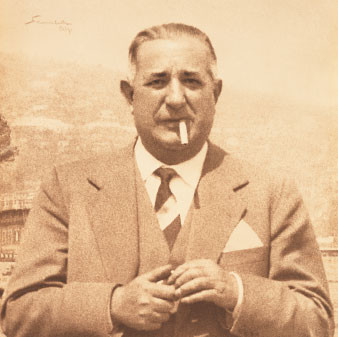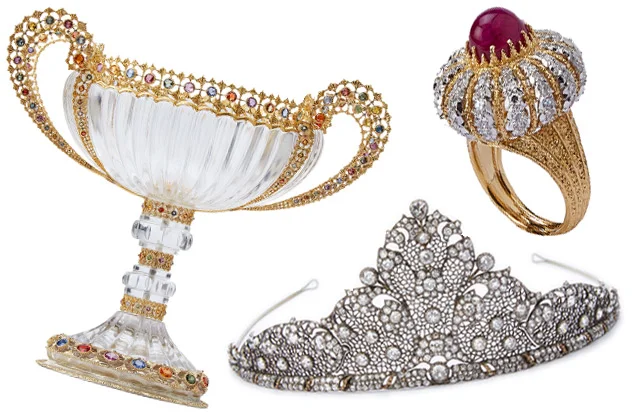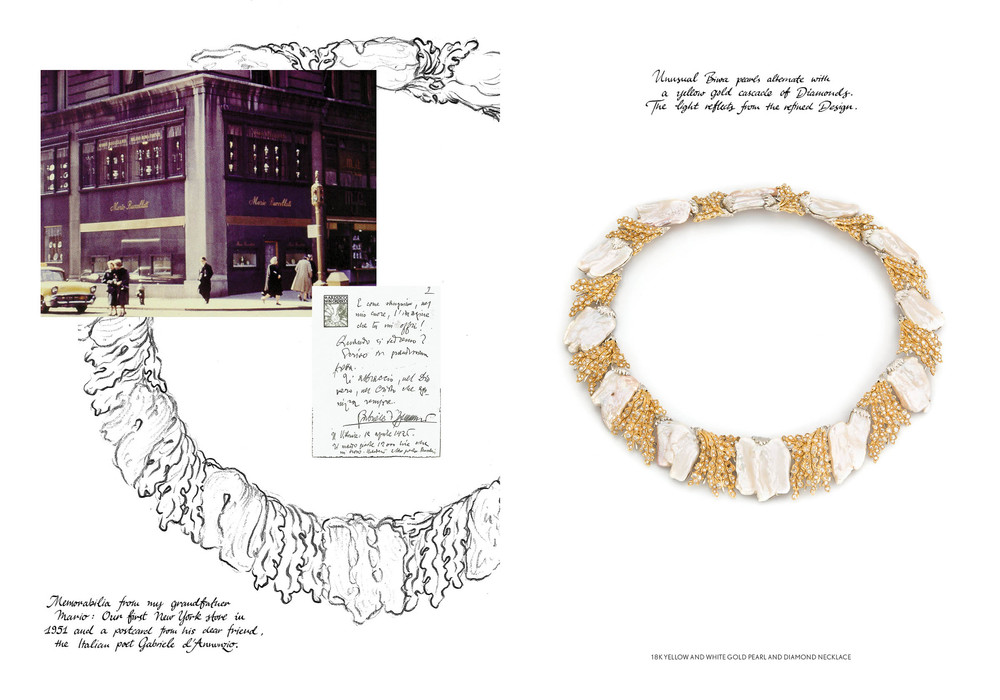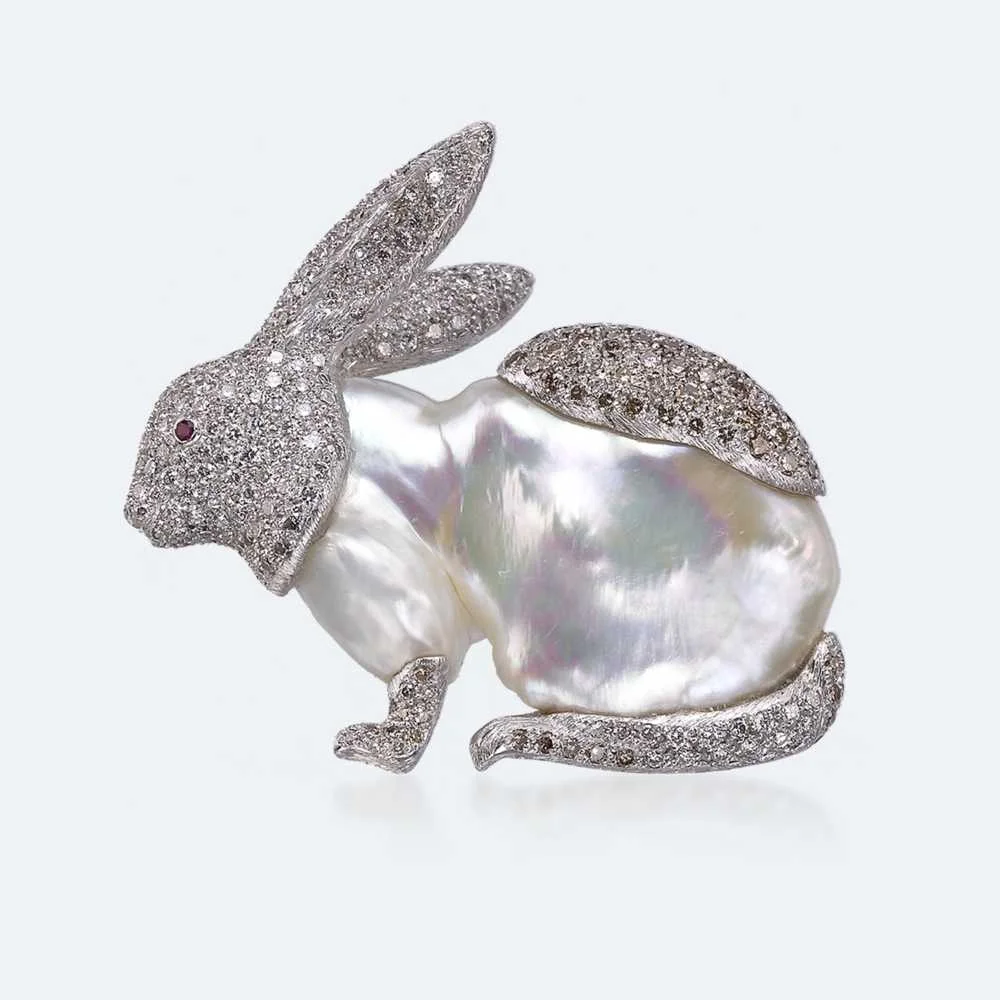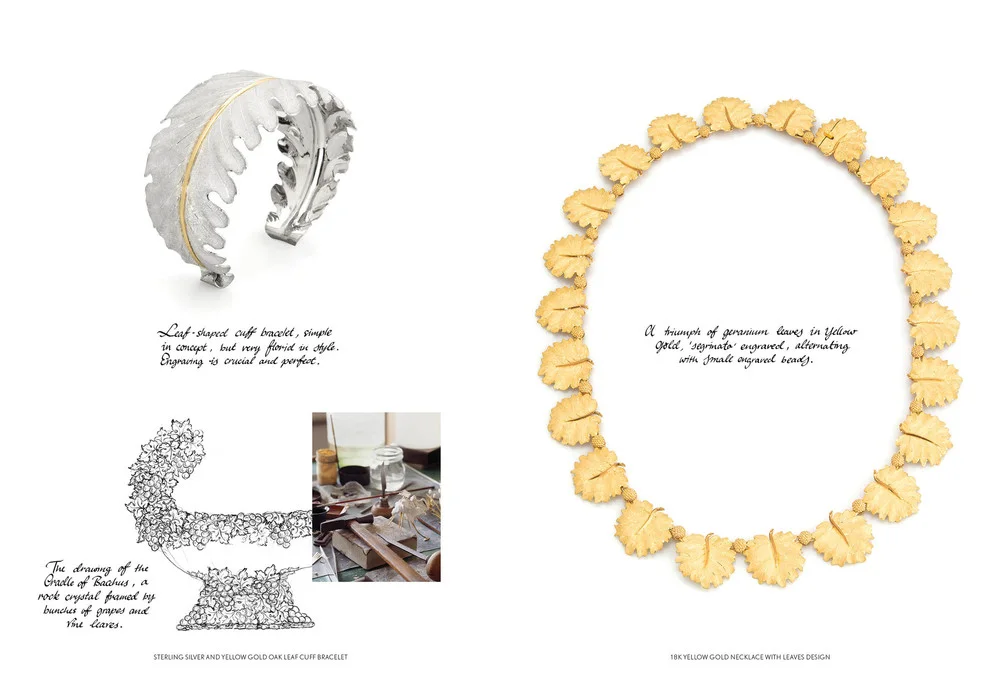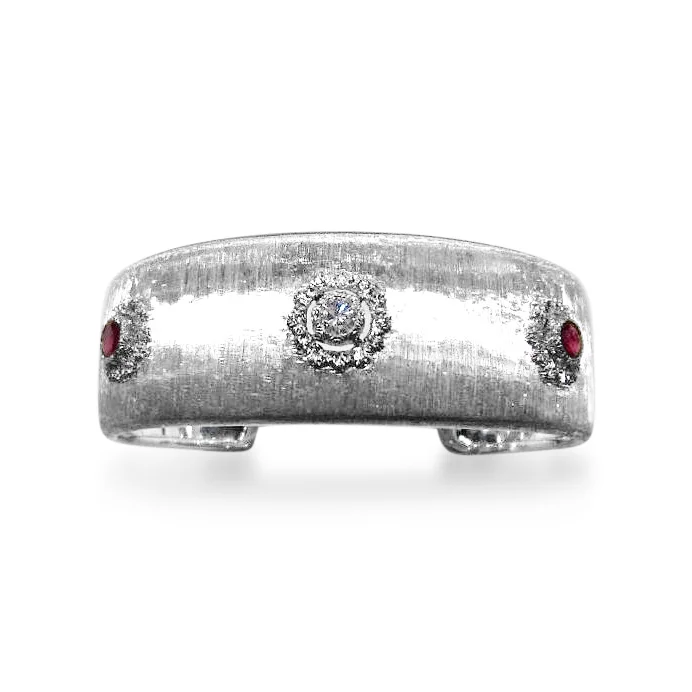Buccellati: An Italian Legend
A revered Italian jewellery house that is not highly visible in Asia, Buccellati is an old Milanese dynasty whose operations has remained uninterrupted since its founding in 1919. Renowned for its textural gold jewels and elaborate silverware, the maison’s founder Mario Buccellati was nicknamed the Prince of Gold Smiths, an accolade of the highest kind considering the house hails from a country where precious metalworking can be traced back to ancient times. Today, the third and fourth generations of Buccellatis continue the family legacy of producing jewels that capture the spirit of elegance and Renaissance classicism.
Mario Buccellati, the man nicknamed the Prince of Goldsmiths.
His first boutique on Largo Santa Margherita in Milan, opened in 1919.
The Making of An Icon
Mario Buccellati was the son of a gentleman-goldsmith, born in 1891 in the central Italian city of Ancona. A teenage Mario worked as the first-ever apprentice at the aristocratic jewellery-making firm Beltrami & Besnati, rising through the ranks and turning the fortunes of the declining jewellery house around. When he was only 28, he took over the firm, renamed it Buccellati, and opened his first store near the La Scala opera house in Milan. And he’d made such an impression with his debut collection of one-of-a-kind creations at the 1920 Madrid Exposition that all pieces were sold out.
Some early masterpieces from a Buccellati Foundation exhibition displayed at the Museo degli Argenti located within Florence's Palazzo Pitti in late 2014/early 2015.
An 18-karat two-colour gold, ruby and diamond bracelet by Buccellati. Sold for USD125,000 at Sotheby’s New York auction in 2015, over its USD80,000–100,000 estimate.
In the following decades, he would have such unwavering support from his wife Maria and his newfound wealthy clients, that he’d open salons in major Italian cities, and then, in the 1950s, New York and Palm Beach. His regulars were the reigning aristocrats, industrialists, Lombard entrepreneurs of the day; the most famous among them being the celebrated Italian poet Gabriele d’Annunzio, Princesses Luciana Pignatelli and Maria Gabriella of Italy, Greek Duchess Irene of Aosta, and British and Egyptian royals.
A slice of history from Buccellati's family archives, courtesy of Buccellati.com.
Now available at Revival Jewels: a set of 18k gold and diamond ring and earrings. Of openwork and lacey-edge design, the ring is set with 36 circular-cut diamonds, and the half-hoop earrings set with 32 circular-cut diamonds each, mounted in 18K white and yellow gold, ring size is 4 1/8, while the earrings measure 1.5cm in length. Signed Buccellati, Italy. Total diamond weight approx. 1.0-2.0 carats.
A Family Dynasty
Over the years, four of Mario Buccellati’s five sons Lorenzo, Federico, Gianmaria and Luca had also begun working for the company. After Mario died in 1965, the brothers stayed in the family business until the mid-’70s, when they decided to split the markets among themselves. Lorenzo took over the Mario Buccellati salons in Milan and Florence; Federico managed the Rome boutique, and renamed it Federico Buccellati; Luca kept the New York store and the silver wholesale business in the US; and Gianmaria ran the Buccellati production and laboratories.
Together with Luca, Gianmaria also built his own retail business in New York. When Luca died in 1985, the latter joined forces with Luca’s son Mario. By the early ’90s, Gianmaria had taken over the entire US empire and ran boutiques in Milan, Sardinia, Paris, New York, and Beverly Hills, as well as franchises in Venice, Capri, Elba, Hong Kong, Tokyo and Osaka. Gianmaria Buccellati’s branch emerged the largest, and became the most recognised as the modern-day Buccellati brand.
Sold at a Sotheby’s New York auction in 2015 for USD47,500, higher than its estimate of USD20,000-30,000, was this diamond and gold cuff bangle signed M. Buccellati. It is decorated with navette-shaped motifs set with round diamonds weighing approximately 1.25 carats.
Previously sold at Revival Jewels: A pair of sapphire and diamond earrings. Centrally set with cabochon sapphires approx 8-10 cts in total, the earrings feature lace motif gold open work enhanced by circular-cut diamonds. The pair is mounted in 18K gold, and signed Gianmaria Buccellati, Italy.
While Federico Buccellati has remained independent ever since, an Italian private equity firm Clessidra Fund bought a 67 per cent majority share in Gianmaria’s empire in 2013. The third and fourth generations of Gianmaria’s family, however, are still in creative control of the company and oversee all designs.
A piece of high jewellery from the Animalier collection of today's Buccellati brand: A rabbit brooch made of white gold, pearls, diamonds, fancy brown diamonds and rubies.
From the current high jewellery collection of Buccellati, the Fiori necklace made of white gold, yellow gold, diamonds and emeralds.
The Art & Style of Buccellati Jewels
As with any revered jewellery house, Buccellati’s creations are distinctive and immediately recognisable to collectors in the know. Even those who are not familiar with the brand will find it easy to identify its signature style once acquainted with its works. Deeply rooted in Buccellati’s brand heritage and identity are artisanal Florentine metalworking techniques, as well as intricate and sensual designs heavily influenced by Renaissance classicism and antiquity. Together, they form a very unique, vibrant and unmistakably original aesthetic – it would very difficult to counterfeit or imitate his works. Buccellati’s “15 MI” hallmark is also one of the oldest existing ones issued by the Milan assay office.
The reasons are attributed to the jeweller’s multiple traditional hand-engraving techniques so precise and complex, even modern-day machines can’t replicate them. While these techniques are ancient Florentine crafts, Mario Buccellati was known to have refined them and also created new and innovative techniques. They include the spinning and weaving of metal to resemble streams of glimmering fabric and Venetian lacework, and the beating and chiselling of gold and/or silver into a delicate petal or leaf.
A Venetian lace necklace from the Buccellati family archives.
Ancient Florentine techniques refined by Mario Buccellati and his ingenuity of design and creativity come together to create these evocative masterpieces.
The “honeycomb” finish involves piercing and carving tiny hexagon-shaped cells onto the metal to create a tulle-like effect, after which the sides of each cell are individually polished. Segrinato engraving, meanwhile, refers to the etching of thousands of super-fine lines into the metal to afford it a satin-like finish. After being mounted with diamonds, and/or coloured and sometimes carved gemstones, the polishing and finishing work continues. In fact, no surface of Buccellati jewels is left untouched.
Beyond jewellery, the house was also very prolific in making ornamental fashion-lifestyle objects, including tiaras, diadems, pins, hair ornaments, gold ladies handbags, cigarette cases, and compact cases.
Previously sold at Revival Jewels: A pair of Retro-era diamond and white gold earrings with detachable pendants. Set with 50 diamonds with total weight approximately 12-13 carats.
Previously sold at Revival Jewels: A white gold, diamond and ruby cuff bangle.

